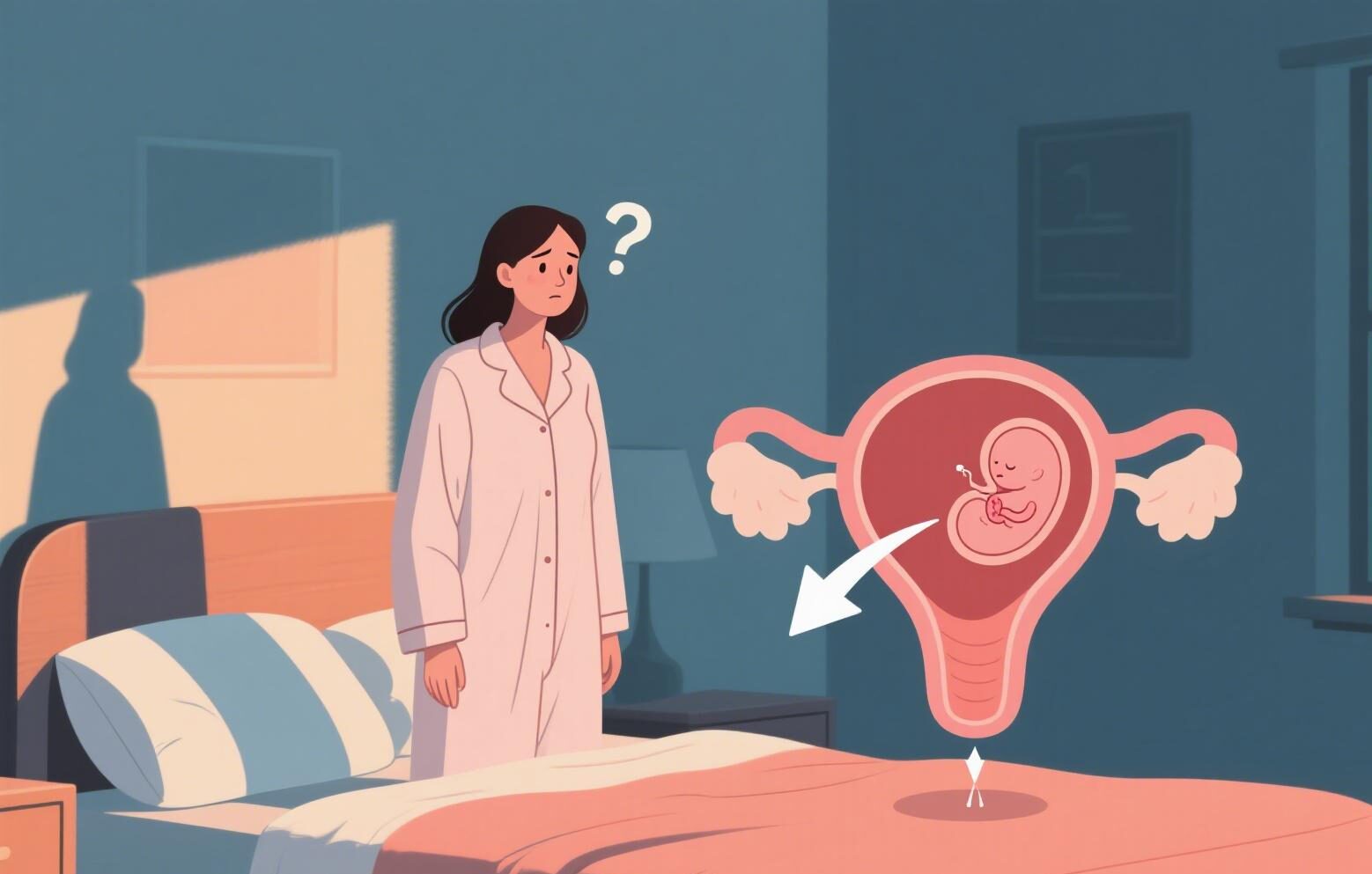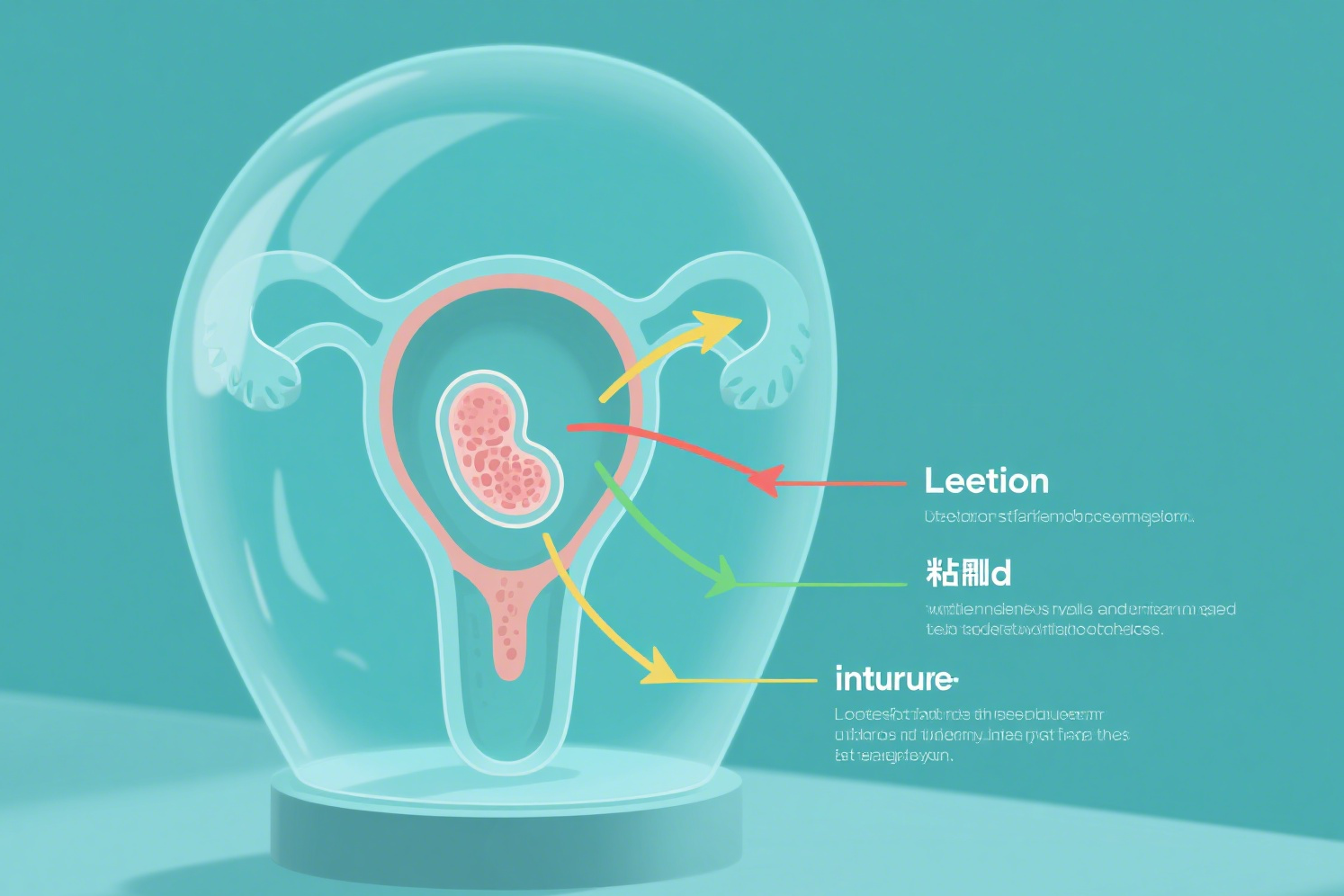The Effect of 30 Minutes After IVF Transplantation on Success Rates

Clinical research reveals a surprising truth: The uterine peristalsis waves within 30 minutes after embryo transfer act like an invisible hand, quietly determining whether the embryo can “settle” in the uterine cavity.
The Critical 30-Minute Window: How Uterine Peristalsis Affects Success
A study on IVF patients uncovered a striking link between uterine peristalsis and pregnancy rates. Patients were grouped by endometrial peristalsis frequency 30 minutes before and after transfer:
| Group | Uterine Peristalsis Frequency (times/min) | Clinical Pregnancy Rate |
| 1 | ≤1.0 | 59% |
| 2 | 1.1~2.0 | 63.3% |
| 3 | 2.1~3.0 | 48.7% |
| 4 | 3.1~4.0 | 6.3% |
| 5 | >4.0 | 0% |
Key finding: When peristalsis exceeds 3 times/minute, pregnancy rates plummet; above 4 times/minute, success becomes nearly impossible.
Why does this matter?
- Severe contractions within 30 minutes can push the embryo away from ideal implantation sites.
- Excessive peristalsis activates inflammatory cells (e.g., TNF-α levels triple), increasing immune rejection risks.
- Optimal peristalsis (1.1~2.0 times/minute) stabilizes blood flow at 15-20cm/s, ensuring the embryo gets enough oxygen and nutrients.
Debunking Myths: Will Embryos “Fall Out”?
Many women worry: “Will standing or walking dislodge the embryo?”
Answer: No. The uterus is a secure “cradle.” Once the embryo enters, daily activities like walking won’t disturb it.
Concerns should focus on abnormal uterine activity, not movement. After the embryo adheres to the endometrium (usually within hours of transfer), even vigorous activity rarely affects it.
The 3-Step Implantation Process
Embryo implantation—whether natural or via IVF—involves three precise stages:
- Positioning: The embryo “travels” via uterine peristalsis to find the best spot.
- Adhesion: It attaches to the endometrial surface, locking in place.
- Invasion: It burrows into the endometrium to “settle permanently.”
The embryo floats in the uterus for 2-4 hours post-transfer. Peristalsis in the first 30 minutes determines how quickly it contacts the endometrium. Moderate peristalsis acts as a “guide,” while excessive movement (like a “rapid current”) prevents stable positioning.

Uterine “Biological Clock”: Peristalsis Patterns by Stage
Uterine peristalsis varies with the reproductive cycle:
| Phase | Peristalsis Direction | Purpose | Ideal Frequency |
| Pre-ovulation | Cervix → Uterine cavity | Transports sperm | Relatively active |
| Post-ovulation (early luteal phase) | Fundus → Cervix | Guides embryos into the uterus | Relatively active |
| 5-7 days post-ovulation | Bidirectional or near-static | “Golden implantation window” | 1-2 times/minute (best) |
3 Strategies to Optimize Uterine Peristalsis
- Hormone Balance
Excess estrogen triggers strong contractions, while progesterone calms the uterus.
- For women with normal ovulation, prioritize natural cycle transfers.
- If using estrogen medications, strictly follow dosage instructions.
- Blastocyst Transfer
Day-5 blastocysts align better with the uterus’s natural rhythm than day-3 embryos, reducing displacement risks from contractions.
- Uterine Relaxants
For frequent abnormal contractions, doctors may prescribe atosiban, phloroglucinol, or drotaverine. Example: 6.75mg atosiban IV 30 minutes before transfer.
The first 30 minutes post-transfer matter most—not because of movement, but because of the uterus’s hidden “rhythm.” By understanding and optimizing this, you boost your chances of successful implantation.
Small fact: Blastocyst grading is based on cavity size, inner cell mass (ICM), and trophoblast (TE) quality—key factors in implantation potential.






